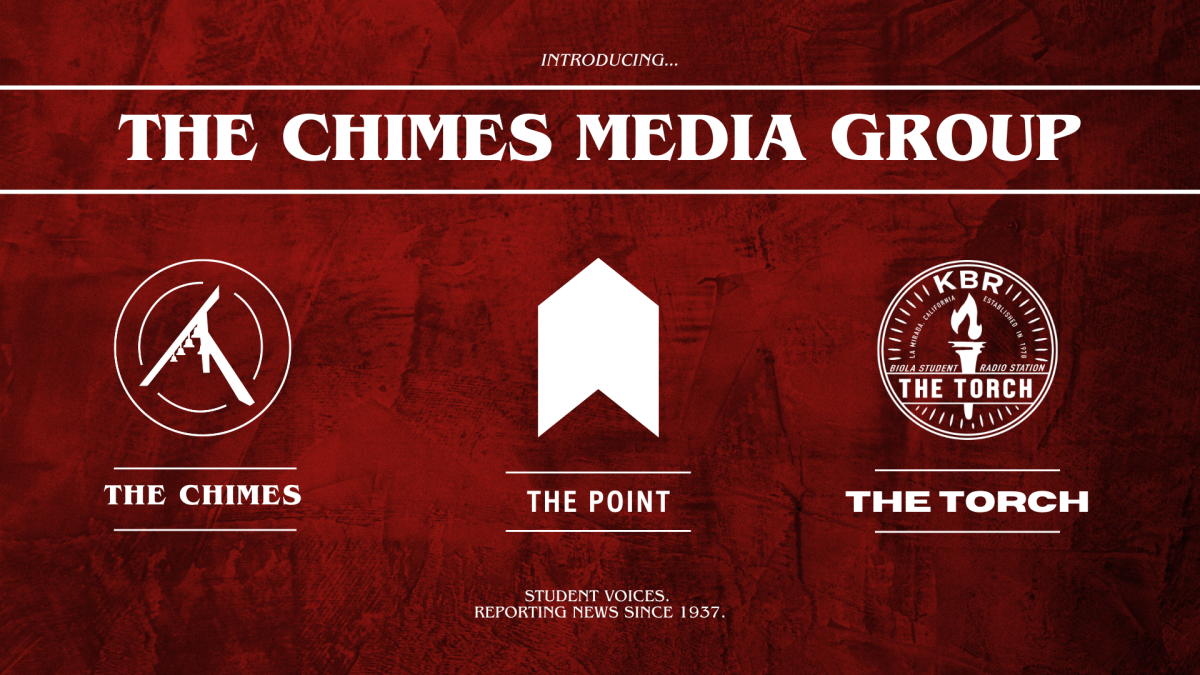Yet another crisis has been averted in Sigma Hall: the pipes have been repaired once again. In early October, anyone walking down the long hall of Sigma would notice a gaping hole in the drywall and dampness on the carpet in front of it. This was due to a leak caused by a crack in the building’s iron pipe system.
PROBLEM WITH THE PIPES
The problem is that the pipes themselves, along with the concrete surrounding them, are too tight throughout the building, said Raymond Battani, the plumbing supervisor at Biola who fixed the pipe.
“It’s so tightly put together that if it does move a bit, it will crack the pipe,” Battani said, referring to the concrete surrounding the pipe.
Cast iron pipes are not exclusive to Sigma. All dorms on campus, even the newest ones, have cast iron piping. However, the issue of cracking is specific to Sigma and happens frequently every year.
When the pipe cracks, it is replaced with plastic acrylonitrile butadiene styrene piping, Battani said. This type of pipe is cheaper, easier to work with and more flexible than cast iron. The building safety code used to only allow cast iron. However, the code has since changed and ABS or cast iron may be used.
Because the iron is sheer and has no malleability, it simply cracks. Settling is not the only reason pipes can crack: building shifts during an event like an earthquake can cause ruptures.
“We’re not experiencing anything that’s unusual. It’s basic, general settling of the building over time,” building repair manager Andrew Foster said.
The pipe cracked in between the floors, where there is a thick concrete slab to separate the ceiling of one level and the floor of the next, Battani said. When Battani went to fix the pipe, he removed sections of the wall on both affected floors and then removed the fractured area of pipe by hammering it out upward. It is not uncommon to have pipes break in this spot, however.
The concrete around the pipes is already very thick, but when there is a six-inch-thick slab of concrete between floors, it can exert even more force on the pipe.
“Cracks can remain undetected for years until they are discovered,” Foster said.
This is because the drain needs to clog in order for the crack to start leaking, Foster said. When the water builds up in the pipe to the level of the crack, it creates pressure through water weight, which is released through the rupture.
The leak can be anything from a small dripping undetected for years to water flowing freely out of the pipe, which is usually discovered quickly through evidence such as damp carpet or drywall.
TALK OF REPLACING PIPES
Foster and Battani both said that there had been talk of replacing all of Sigma’s pipes with ABS. However, after calculations were made, it was estimated to cost over $120,000 to perform the task. Though an exact number was not given, Foster claims that it has cost significantly less in money and effort to replace a few leaks every year than it would to give the entire dorm a complete plumbing overhaul.
Planning for a new dorm near Sigma called North Hall has begun. It would be cheaper and much easier to put together if the building was installed with an ABS piping system instead of cast iron, Battani said. However, North Hall will also be using cast iron pipes regardless. The dorm is scheduled to begin construction in April 2014.
The problems with Sigma’s piping are numerous but manageable, according to Battani. There have been no major catastrophes yet due to cracking pipes. Sigma’s cast iron pipes are here to stay, as long as they remain efficient.







